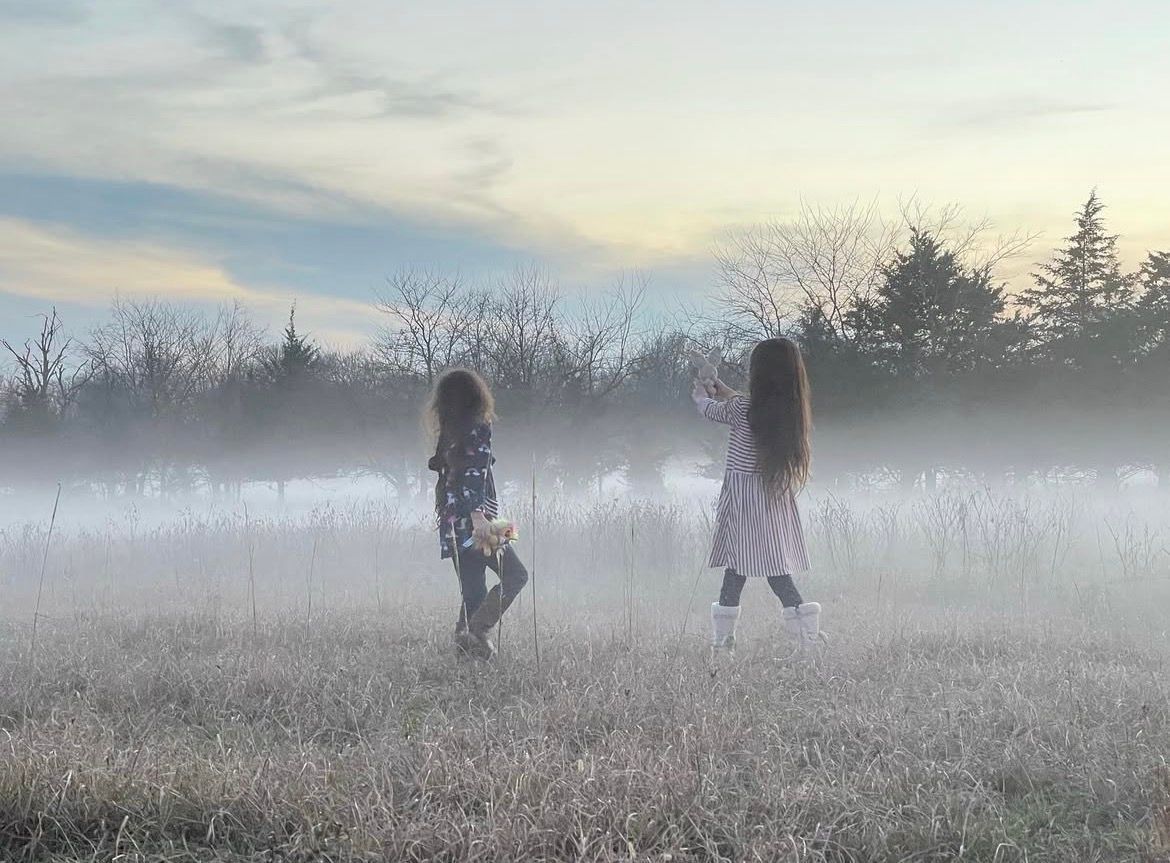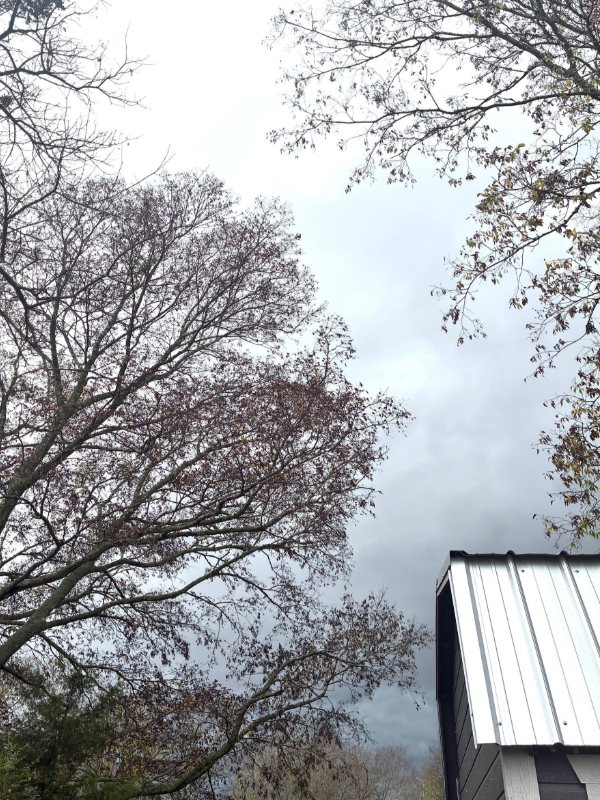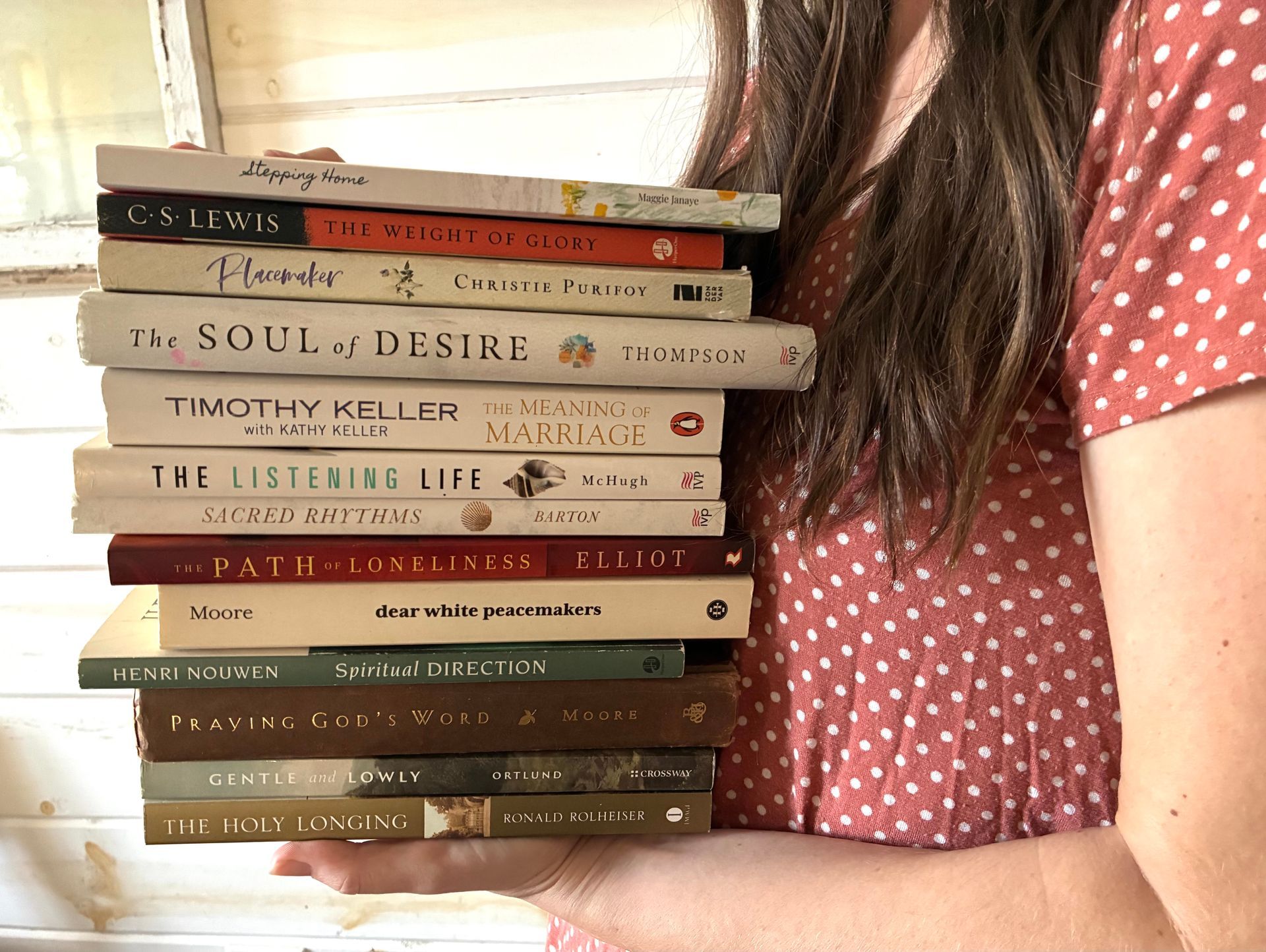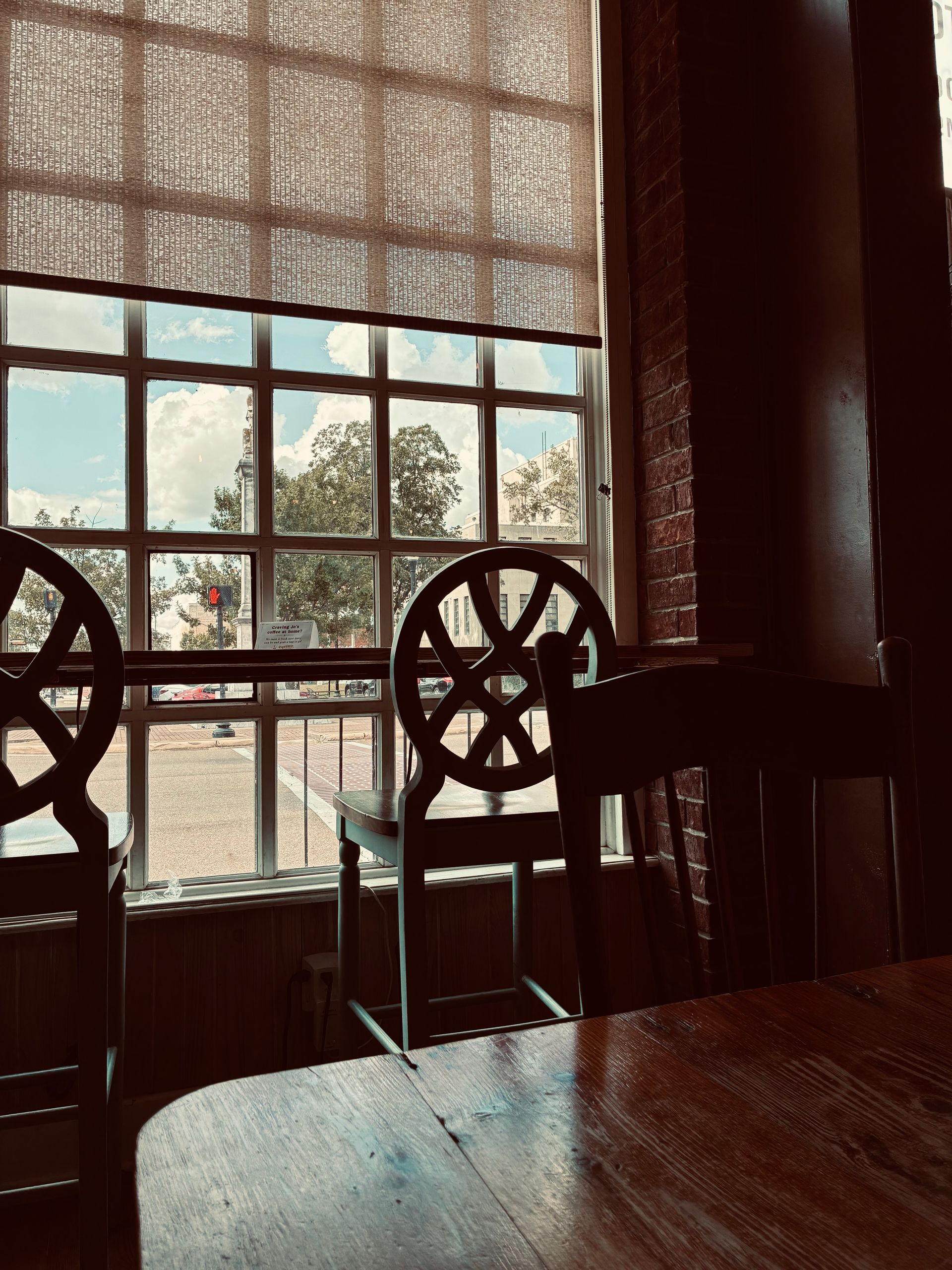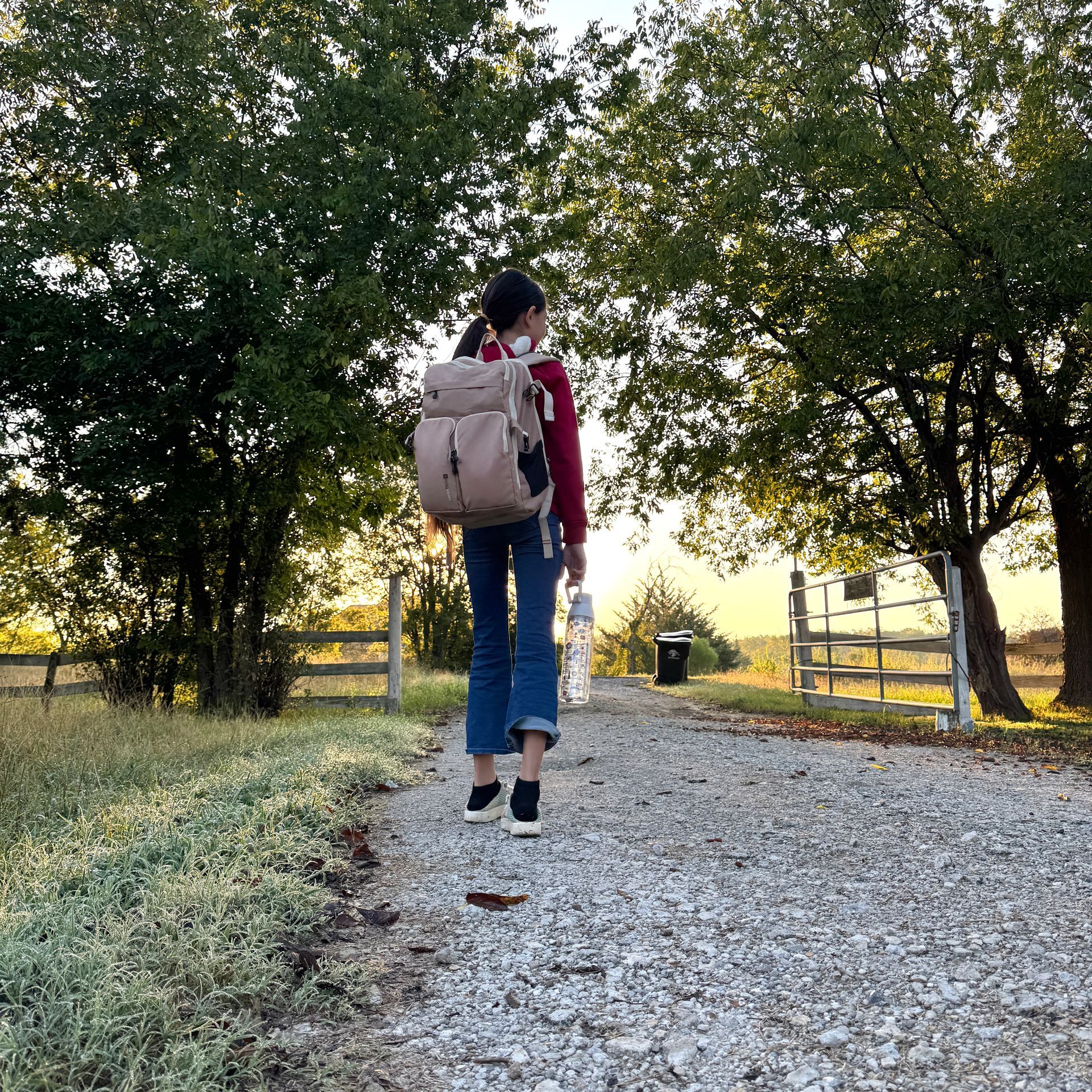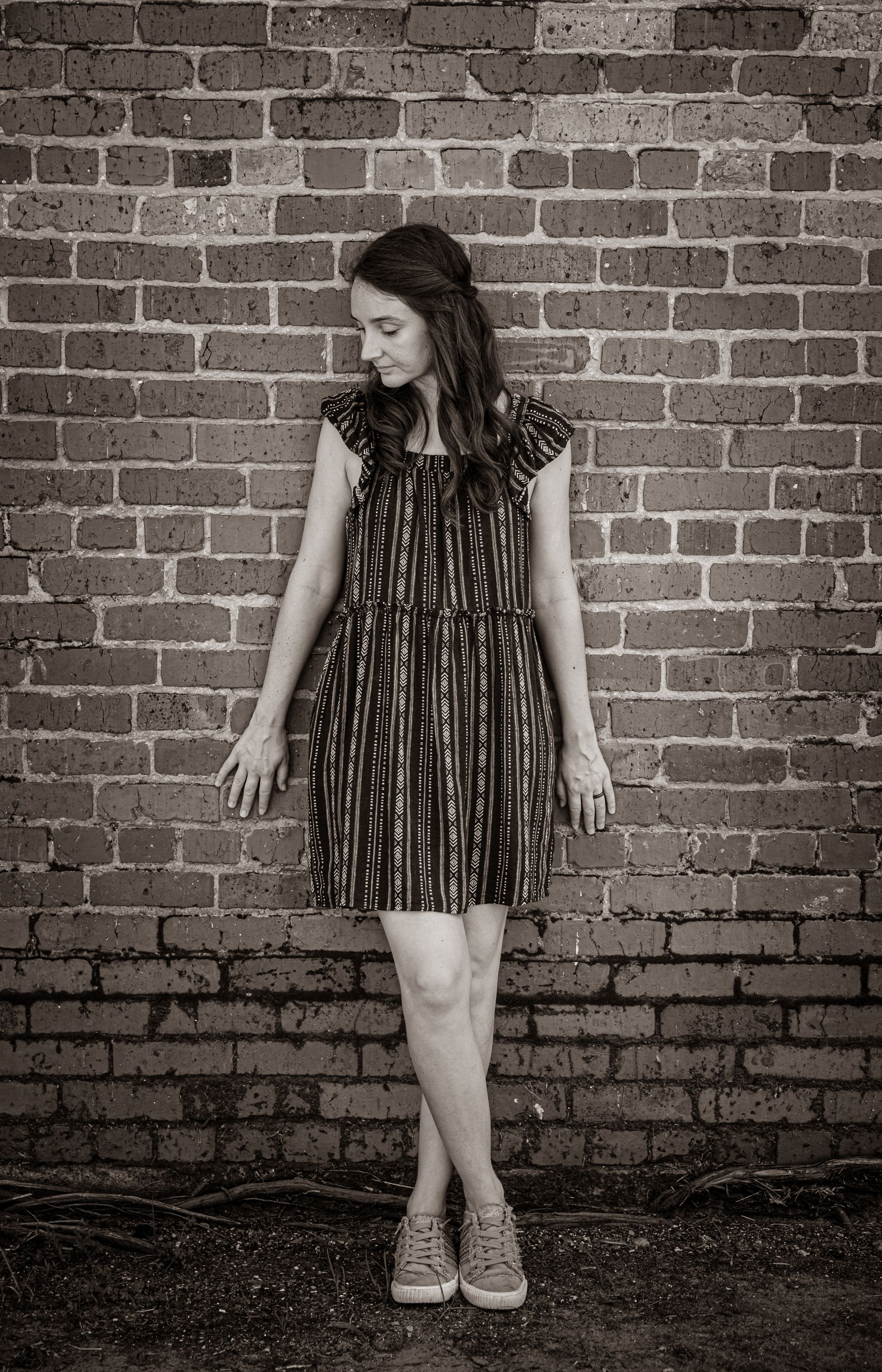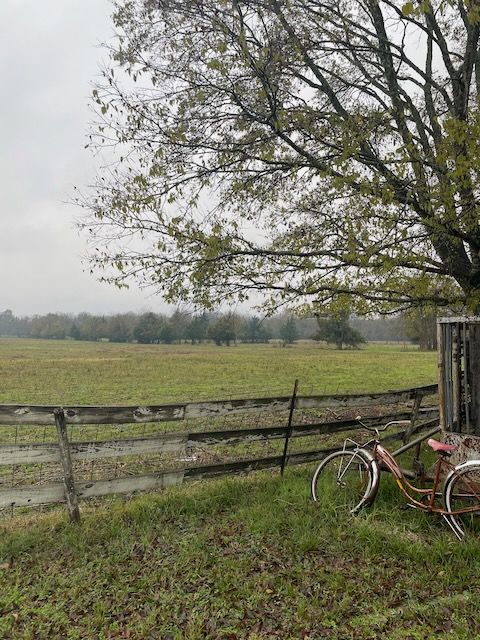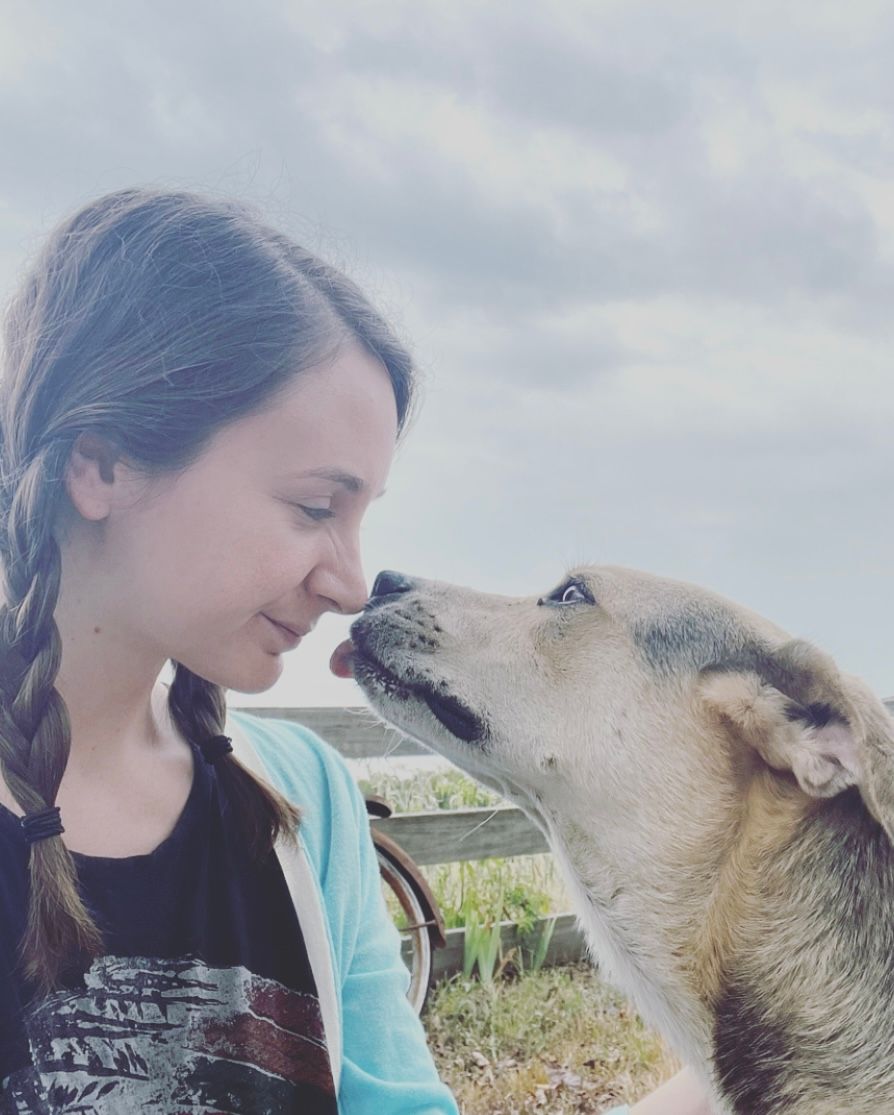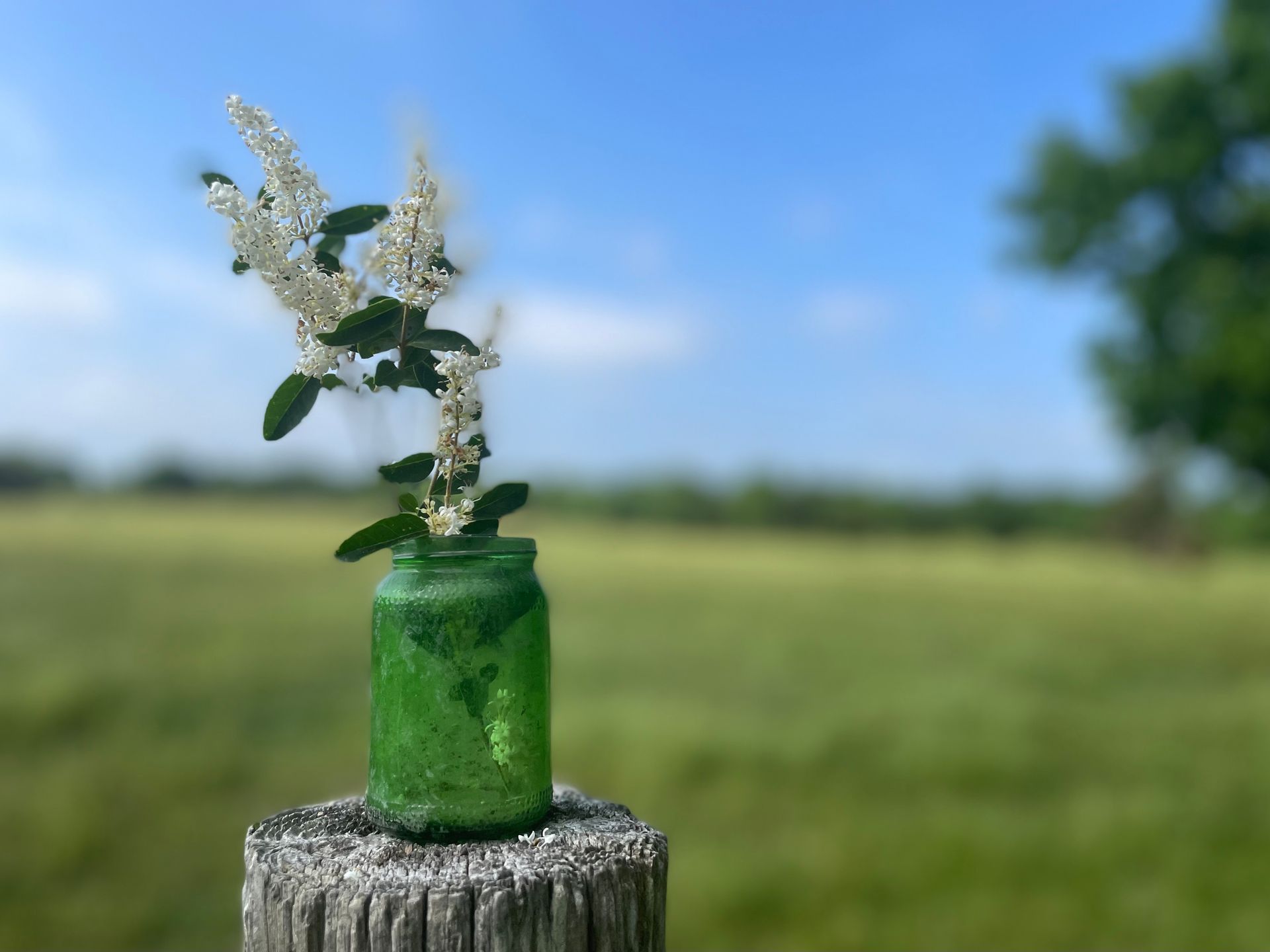Where Curiosity and Longing Nurture Wholeness

You can wander under the branches of trees and feel how they simply invite your heart to come just as it is in a place where you are safe to wonder about anything under the trees that are so quietly patient with the space a heart needs.
I wander along the path beside the creek and I spot a turtle. I stop under the shade of the trees and step into the grass for a closer look. I spy what seems to be a much younger, smaller turtle sitting close by her. I consider them for a while, the way their heads tilt, the way they warm themselves in the sun. I slowly step a bit closer, but I am noticed and it’s the older turtle that splashes down, ducks under the water first. Within a few seconds the baby slowly follows, as if maybe he’s not sure why, but it’s what she’s doing. He’s not as cautious as her, but he follows along, and I imagine him bidding me goodbye. He’s a little more new and open to the beauty of the world while she is older and seemingly, a good bit more careful, guarded.
Later at home my girl asks me if I’ve noticed the little white flowers in our yard, how they close up tight in the heat of the day, but how in the cool of these September mornings they open wide their petals to take it all in. I had walked by those flowers day after day and I had not once noticed that. I begin to turn my gaze that way a little more each day, waiting to see each time they open up again.
How do they know?
How do they know when to open and when to close?
How does anyone know when to open and when to close?
And what is it inside us all that would keep us hungry for places to open our hearts again after the times when we’ve opened and it all went terribly wrong?
How in the world is it that something inside us keeps wanting to believe that there is goodness in our desire to open? What inside us is continually hungry for that?
I feel the questions while old turtles go on splashing back into the water, while flowers go on closing in the heat of day. And I feel them while the new life of young turtles linger in the sun just a little longer, while little white petals go on opening to the freshness of the morning.
While those flowers in the yard tell me that it is not always a time to open, what they speak most to my heart is there to be found in the cool of the day. Each day those white flowers in the yard testify with assurance to my heart in what it can feel must be true: that there is utter beauty in the desire to open.
And even while the old turtle has seen more life than the baby and has much that she knows, it’s the baby turtle that gets to feel the beauty of lingering in the sun just a little longer. And it’s my own children that pointed out to me the white flowers that I kept simply passing by without noticing the beauty of the sermon that they were offering with their silence.
The act of opening wide to goodness was made to be beautiful, a thing to be desired.
It’s a desire that was embedded into life from the beginning of the world. We enter this world with heart’s made in the image of our Maker’s heart. And whether we continue in this life to open to seeking out the goodness of our heart’s deepest desire or not, these hearts, deep down inside, long to open wide and keep seeking after all of the goodness of Love as it was most truly made to be.
And how does one open well? And how does a heart begin to know what the Love truly looks like that it longs to open to?
For we are also embedded in this broken world with hearts broken by sin, easily deceived into things that hold a kind of form of Love without being at all what we’re truly looking for.
How are we to live toward Love?
And he answered, “You shall love the Lord your God with all your heart and with all your soul and with all your strength and with all your mind, and your neighbor as yourself.” Lk. 10:27.
That’s how Jesus says it in Luke. He begins with the heart here.
In Matthew, he says to love the Lord “with all your heart and with all your soul and with all your mind” and “your neighbor as yourself.” Mt. 22:37.
In Mark, he says to love the Lord “with all your heart and with all your soul and with all your mind and with all your strength,” and “your neighbor as yourself.” Mk. 12:30.
While the order of things isn’t the same in each instance, one thing that is the same is that Jesus leads with the heart when He gives the greatest command. And he calls for a Love where the parts of us join together to live into it as a whole.
Why, when it comes to the greatest command of Love, does Jesus begin with the heart?
It’s an important question to sit with.
One thing we know about these hearts inside us is that they won’t be intellectualized into submission; they simply are not persuaded that way. And the heart within us is the very
wellspring of life (Prov. 4:23) that God has placed inside us. Everything we do flows from it.
The heart is the life of our being.
While Jesus calls us to Love God with all of our mind, He also calls us to a life that does not concede to dutifully obeying Love with the mind alone, or even with the mind first, but to a Love that gives way to seeking and searching out how to Love with all of the heart.
The heart must seek out and find the deepest reason why it longs from the depths of its being to submit to something, and the heart will not settle for anything less.
Perhaps these hearts inside us know something that really is quite true: that to Love out of duty, while the heart is not in it, is not the kind of Love that we were created for at all. What we do know is that it’s not the kind of Love that Jesus calls for in us.
Astoundingly, Jesus calls us to a Love where the parts of us form a whole that we can live with heart.
As people called to such a glorious wholeness, what do we do with the aching tensions, longings and questions that these hearts inside us can feel?
We can keep our hearts with all vigilance and refuse to treat them as useless things to be afraid of and set aside.
Fear of our own hearts leaves us making fragmented decisions, afraid that the very thing we were made to love and seek God with is only trying to drag us to the ground. He made these hearts inside us for beauty and we can safely hold that.
We can fully validate and honor what our heart is feeling, without agreeing with fearful or untrue thoughts that we have in that place or acting on the deceitful impulses we feel.
As an example, feeling sad about mistakes we’ve made is a valid feeling inside us that we can fully honor and grieve, even while disagreeing with fearful thoughts that we are a failure. This is not how God sees us, for He delights in us, ready to greet us with His beaming smile whenever we come to Him just as we are, needy for the goodness of His redeeming Love. Lk 15:20-24.
In the same way, and through the comfort of that same Love, feelings of anger about a situation can be fully validated even while letting go of a desire to control a situation as if we are God.
There is no feeling of the heart that ever needs to be invalidated, and we can navigate our feelings best when we know and acknowledge their true existence while letting go of fears.
We can determine to gather the true information that our feelings help us find about the needs of our hearts.
When I am feeling afraid or unloved, my heart is telling me true information that I have a need for something that will help me more deeply know or remember that I am safe and Loved.
To deeply honor and regard that need is an essential way to live into Love with the heart.
We can take the true information our feelings have given us and feel our way closer to the God who satisfies our souls and loves to provide for our needs.
Sometimes we can do this through prayer and the Word and healthy rhythms of life, and sometimes we have a very real need to feel our way closer to God by taking other steps with the needs of our hearts. Sometimes it may be a need to let people we trust know how we’re really doing, the questions we’re really feeling, and asking for people to sit with us there so that we can seek out the places where God can speak Love to us through His people when we’re having trouble hearing the truth of His Love by ourselves. Sometimes we may carry a question in prayer and companioned love until we see one next little step through our heart’s questions to step toward the wholeness of Love.
As we continue to seek truest Love with our hearts, even when we don’t know just what we’re doing, we’ll keep learning and we’ll have more wholehearted Love to give, because we have received God’s care and compassion for us. We Love because He first Loved us. 1 Jn. 4:19.
Our deep curiosity and longing can be used in wonderful ways to follow after Love with our hearts and live into the wholeness of Love as God made it to be.
And just like those little white flowers in my yard, what we’ll find when we follow Love with the heart is that the desire to open to goodness always was, at its core, a truly beautiful desire after all. It’s a desire meant to lead us to the goodness of the One who is truest Love Himself, the very thing that the depths of our hearts have always been hungry to open to after all.

